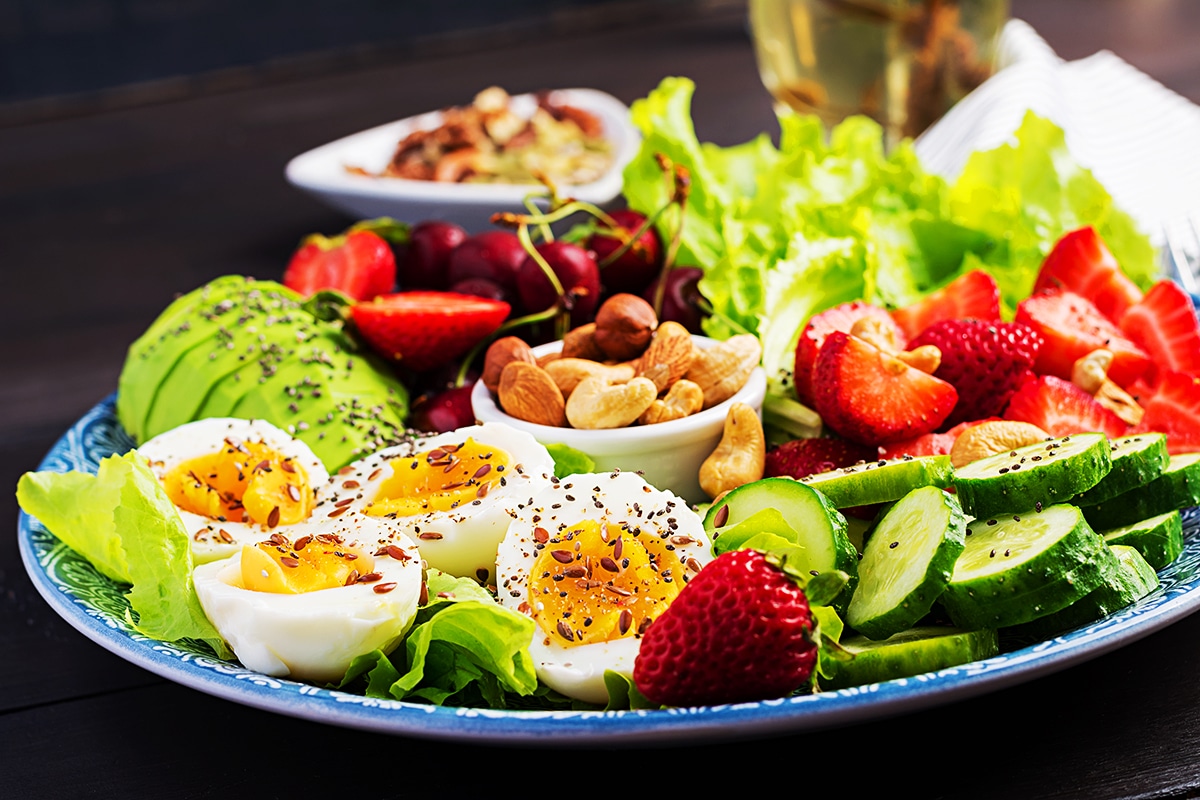Salt, also known as sodium chloride, is a mineral found in nearly all types of foods. While our bodies do need some salt to function properly, excessive amounts can lead to serious health problems, such as high blood pressure, heart disease, stroke, and kidney damage. That’s why it’s important to include more low-sodium foods in your diet to improve your overall health and well-being.
Understanding Sodium and Its Effects on Health
Sodium is one of the essential minerals required by the human body for many vital functions, such as maintaining blood pressure and balancing fluids and electrolytes. However, consuming too much sodium can cause an array of health problems. According to the Centers for Disease Control and Prevention (CDC), about one in three American adults have high blood pressure, which can significantly increase the risk of heart disease and stroke. Excessive salt intake is one of the leading contributors to high blood pressure.
A high-sodium diet can also affect the health of our kidneys. When the kidneys are functioning properly, they can eliminate any excess sodium in the body. However, if someone consumes too much sodium, the kidneys have to work harder, which can lead to health problems and damage over time.
The Health Benefits of Low-Sodium Foods
The benefits of reducing salt intake are numerous and profound. By incorporating more low-sodium foods into your diet, you can:
– Reduce the risk of developing high blood pressure.
– Improve heart health.
– Improve kidney health.
– Lower the risk of stroke and heart disease.
– Improve overall health and well-being.
When you reduce the amount of salt in your food, you may find that your taste buds become more sensitive to the natural flavors of food. This awareness may drive you to seek more flavorful, nutrient-dense foods instead of relying on salt to boost flavor.
Tips for Reducing Sodium Intake
Reducing salt intake can be a daunting task, especially if you are used to heavily salted dishes. However, with a few simple modifications and ingredient swaps, it’s entirely possible to significantly reduce your sodium intake without sacrificing taste and satisfaction.
Here are some tips and tricks to help you reduce the amount of salt in your food:
1. Choose fresh foods over processed ones. Fresh foods like fruits, vegetables, lean protein, and whole grains are naturally low in sodium, making them an excellent option for those looking to eat a low-sodium diet.
2. Become familiar with food labels. Understanding food labels can be a valuable tool in reducing salt intake. Look for products that have «low-sodium» or «no added salt» on the label.
3. Use herbs and spices instead of salt. Experiment with using different herbs and spices to flavor your food instead of relying on salt. Try fresh herbs like basil, cilantro, mint, or rosemary, and spices like cumin, coriander, turmeric, and ginger.
4. Use vinegar and citrus juice. Adding vinegar or citrus juice to your food can help brighten and enhance flavors without relying on salt.
5. Avoid salt-heavy condiments and sauces. Many condiments and sauces, such as soy sauce, ketchup, and BBQ sauce, contain high amounts of sodium. Try making homemade sauces and dressings instead, so you can control the amount of salt added.
The Best Low-Sodium Foods to Incorporate into Your Diet
Now that you understand the benefits of a low-sodium diet and how to reduce your salt intake, you may wonder which low-sodium foods you should eat. Here are some of the best low-sodium foods to include in your diet:
1. Fresh fruits and vegetables: Opt for fresh or frozen produce instead of canned, as canned produce often contains added salt. Vegetables like sweet potatoes, leafy greens, and broccoli, and fruits such as apples and bananas, are great options.
2. Lean protein: Choose lean cuts of beef, pork, and chicken, or try plant-based protein sources like tofu, tempeh, and beans.
3. Whole grains: Whole grains like quinoa, brown rice, and whole wheat pasta are excellent sources of fiber and other essential nutrients.
4. Nuts and seeds: Many nuts and seeds, such as almonds, walnuts, chia seeds, and flax seeds, are naturally low in sodium and packed with healthy fats, fiber, and minerals.
Conclusion
A low-sodium diet is not only healthy, but it can be delicious too! Making simple swaps like choosing fresh produce, using herbs and spices instead of salt, and avoiding salt-heavy condiments can go a long way in reducing your sodium intake. By incorporating more low-sodium foods into your diet and making mindful choices, you can reduce your risk of developing serious health problems while improving your overall health and well-being.

Deja una respuesta